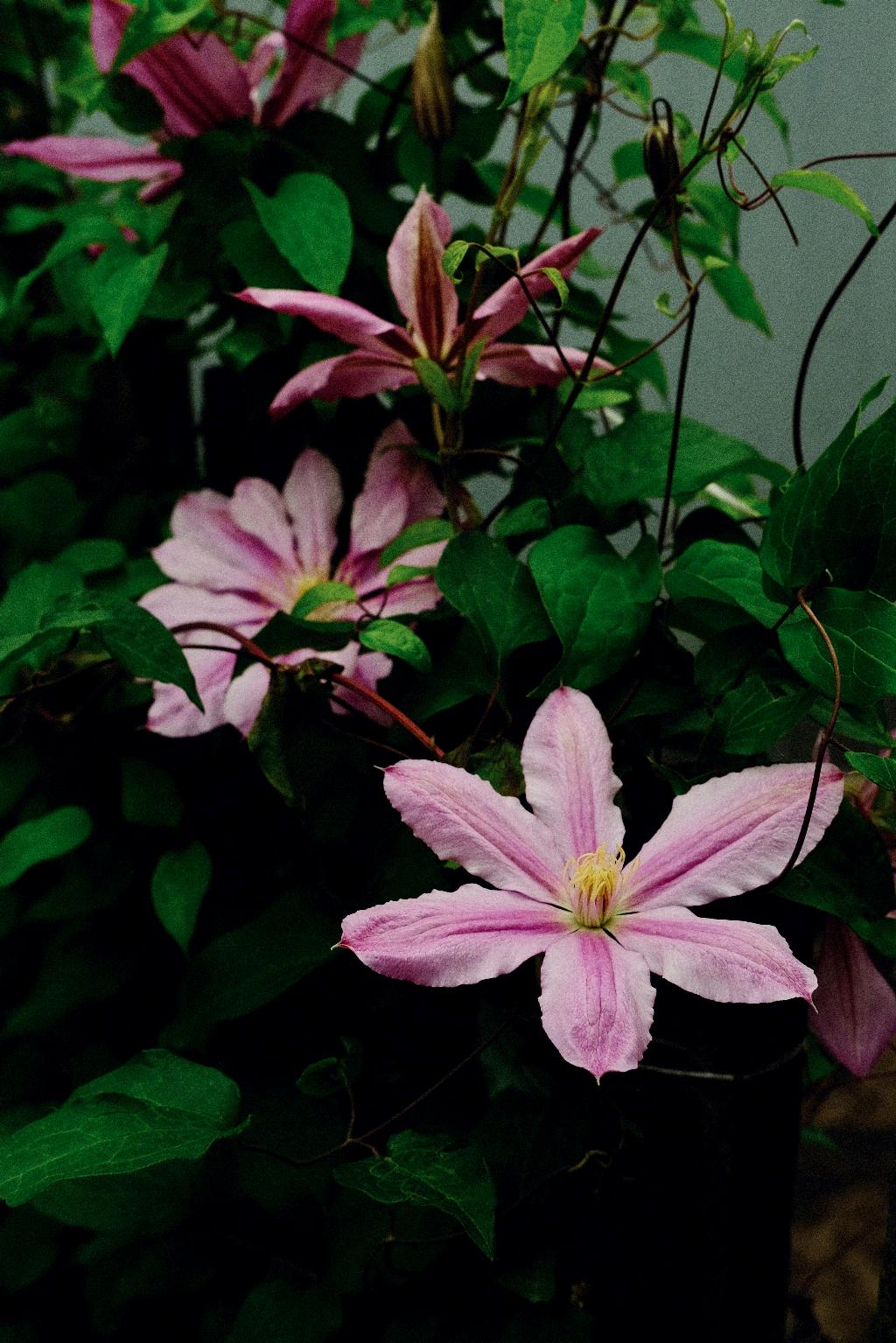Trimming clematis is an essential task to maintain the health and beauty of these stunning vines. To successfully trim your clematis, it’s important to follow a few key steps that will help ensure optimal growth and blooming potential.
First and foremost, timing is crucial when it comes to trimming clematis. The best time to trim these vines is in early spring, typically in March, before the blooming season has begun. This timing allows you to remove dead or damaged wood while encouraging new growth for the upcoming season.
When you begin the trimming process, it’s essential to remember that clematis bloom on both old and new wood. To strike the right balance, you should aim for a moderate trim that promotes new growth without sacrificing any potential buds. By trimming your clematis correctly, you can enjoy a bountiful display of flowers throughout the growing season.
Start by inspecting your clematis plant for any dead or diseased wood. This wood should be promptly removed to prevent the spread of disease and encourage new, healthy growth. Once you’ve cleared away any dead wood, focus on cutting back the remaining stems to a length of 6 to 8 inches. This length is optimal for encouraging strong new growth while preserving existing buds.
When trimming your clematis, make sure to use sharp, clean pruning shears to make precise cuts. Avoid using dull or rusty tools, as they can damage the plant and hinder its growth. Additionally, always disinfect your pruning tools before and after each use to prevent the spread of diseases between plants.
As you trim your clematis, pay special attention to the plant’s growth habits and flowering patterns. Different clematis varieties may require slightly different trimming techniques, so it’s essential to familiarize yourself with the specific needs of your plant. By tailoring your trimming approach to the unique characteristics of your clematis, you can ensure optimal health and blooming performance.
After completing the trimming process, it’s important to provide your clematis with proper care and maintenance throughout the growing season. This includes regular watering, fertilizing, and monitoring for any signs of pests or diseases. By attending to your clematis’ needs with care and attention to detail, you can help them thrive and produce an abundance of beautiful flowers.
One crucial aspect of clematis care is selecting the right support structure for your plants. Clematis are vigorous climbers that require sturdy support to grow and thrive. Whether you choose a trellis, arbor, or other structure, make sure it can adequately support the weight of the vine and provide ample space for growth.
Another key consideration when trimming clematis is understanding the plant’s specific pruning group. Clematis are divided into three main pruning groups based on their blooming habits, and each group requires a slightly different pruning approach. By identifying your clematis’ pruning group, you can tailor your trimming schedule and techniques to maximize blooming potential.
When it comes to feeding your clematis, choose a high-quality, water-soluble fertilizer that is specifically formulated for flowering vines. Apply the fertilizer according to the manufacturer’s instructions, typically in spring and again in mid-summer, to provide your clematis with the nutrients they need for healthy growth and abundant blooming.
In conclusion, trimming clematis is a vital aspect of caring for these beautiful vines and ensuring their long-term health and blooming success. By following the proper trimming techniques, timing your trims correctly, and providing your clematis with the care they need, you can enjoy a stunning display of flowers season after season. Remember to tailor your trimming approach to your clematis’ unique characteristics and always prioritize the plant’s health and well-being.

